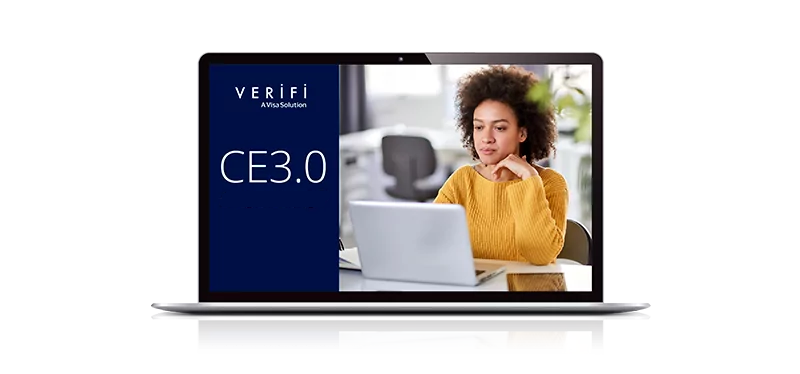Next Generation Post Purchase Solutions
Streamline the dispute process, prevent chargebacks, and protect against unnecessary fraud
Featured Resources

2024 Payments and Fraud Report
Check out this free annual research study that measures global fraud and dispute trends. It may just help your business!

CE3.0 – All You Need to Know
Compelling Evidence 3.0 is here and ready to
help your business deflect more chargebacks.




